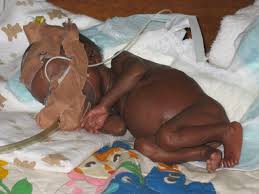Abstract
Infant mortality rates in the United States are higher than in any other developed country. Low birth weight (LBW) is the primary determinant of infant mortality.
Despite city, state, and federal programs to prevent LBW, decreases in infant mortality in the 1980s appear to be largely secondary to improved survival of LBW infants rather than to a decline in the rate of LBW births. Because prevention of mortality due to infectious disease is feasible, it was of interest to examine the role of infectious diseases in LBW infant mortality. US vital statistics mortality data for 1968 through 1982 were analyzed in terms of LBW infant mortality associated with infectious and noninfectious diseases. These analyses indicated that the rates of infectious disease-associated early neonatal and postneonatal LBW mortality increased during this time; late neonatal rates did not decline appreciably. Infectious diseases were associated with 4% of all LBW infant deaths in 1968; this had increased to 10% by 1982. Although LBW infant mortality rates associated with noninfectious diseases did not differ for white and black populations, infectious disease-associated mortality rates were consistently higher for blacks than whites in both metropolitan and nonmetropolitan areas. Chorioamnionitis was involved in 28% of infectious disease-associated early neonatal LBW deaths. Sepsis was an increasingly listed cause of death in all infant age periods, whereas respiratory tract infections were decreasingly listed. Necrotizing enterocolitis increased as a cause of late neonatal mortality. These data suggest that infectious diseases are an increasing cause of LBW infant mortality and these deaths occur more frequently in the black population targeted by prevention programs.
Jason JM
Pediatrics 1989 Aug;84(2):296-303
PMID: 2748258
Pediatrics-1989-Jason-296-303-ID-LBW-deaths1